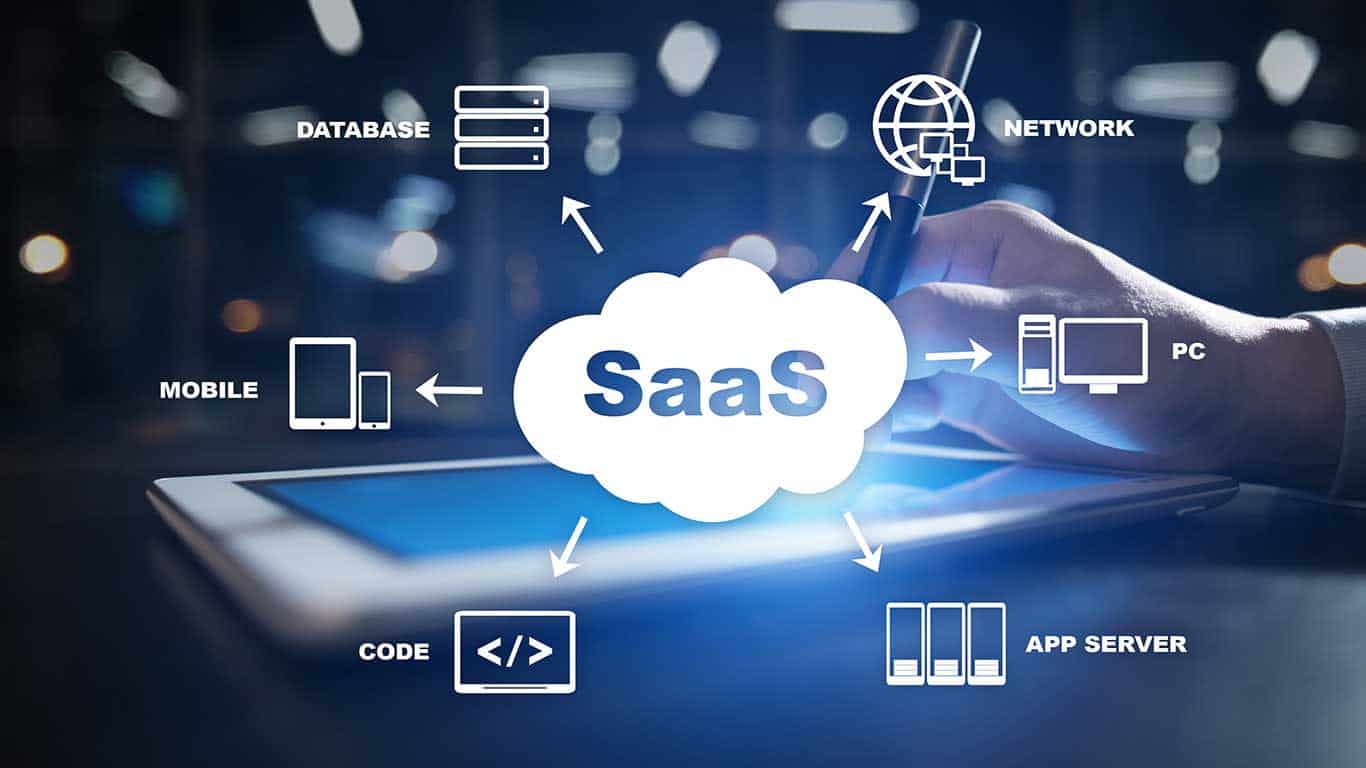The Art of Effective Audience Segmentation: Unlocking Success in Marketing
In the fast-paced world of marketing, where customer preferences and behaviors are constantly evolving, the art of effective audience segmentation has become an intrinsic part of any successful marketing strategy. With countless brands vying for attention in an increasingly crowded marketplace, understanding the importance of targeting the right audience with tailored messages has never been more crucial. And this is precisely where the magic of effective audience segmentation comes into play. Imagine if you could effortlessly connect with your ideal customers, effortlessly delivering personalized content that resonates with their wants and needs. By grouping individuals based on common characteristics such as demographics, interests, and behaviors, effective audience segmentation allows you to do just that. Rather than casting a wide net and hoping for the best, segmentation enables you to craft laser-focused marketing campaigns that speak directly to the heart of your target audience. But what exactly is effective audience segmentation, and how can it unlock the secret to marketing success? In this comprehensive guide, we will delve deep into the world of audience segmentation, exploring the techniques, benefits, and best practices that will help you harness the power of this invaluable tool. So, get ready to take your marketing game to the next level as we uncover the art of effective audience segmentation and unleash the potential for unparalleled success.
The Importance of Audience Segmentation in Marketing
In the fast-paced world of marketing, where customer preferences and behaviors are constantly evolving, the art of effective audience segmentation has become an intrinsic part of any successful marketing strategy. With countless brands vying for attention in an increasingly crowded marketplace, understanding the importance of targeting the right audience with tailored messages has never been more crucial. And this is precisely where the magic of effective audience segmentation comes into play.Imagine if you could effortlessly connect with your ideal customers, effortlessly delivering personalized content that resonates with their wants and needs. By grouping individuals based on common characteristics such as demographics, interests, and behaviors, effective audience segmentation allows you to do just that. Rather than casting a wide net and hoping for the best, segmentation enables you to craft laser-focused marketing campaigns that speak directly to the heart of your target audience.
Understanding Effective Audience Segmentation
Effective audience segmentation involves dividing your target market into distinct groups or segments based on specific criteria. These criteria can include demographic information such as age, gender, income level, and location; psychographic factors like interests, values, and lifestyle choices; behavioral patterns such as purchase history and engagement with your brand; and geographic location.By analyzing these different segments within your target market, you gain valuable insights into their unique needs, preferences, and motivations. This deeper understanding allows you to tailor your marketing efforts to each segment’s specific characteristics effectively.
Key Techniques for Audience Segmentation
There are several key techniques for effective audience segmentation that marketers can employ to maximize their success:1.
Demographic Segmentation: Unlocking Customer Insights
Demographic segmentation involves dividing your target market based on quantifiable characteristics such as age, gender, income level, education level, marital status, occupation, and location. This technique provides valuable insights into who your customers are and helps you understand their purchasing power and behavior patterns.2.
Psychographic Segmentation: Understanding Consumer Behaviors and Motivations
Psychographic segmentation focuses on the psychological aspects of consumer behavior, including their interests, values, attitudes, opinions, and lifestyle choices. By understanding what drives your customers’ decision-making processes and their preferences, you can create targeted marketing messages that resonate with them on a deeper level.3.
Behavioral Segmentation: Tracking Actions and Engagement
Behavioral segmentation involves analyzing your customers’ past behaviors and interactions with your brand. This includes their purchase history, website browsing patterns, engagement with marketing campaigns, and loyalty to your brand. By tracking these actions, you can identify patterns and tailor your marketing efforts to specific customer behaviors.4.
Geographic Segmentation: Targeting Audiences by Location
Geographic segmentation divides your target market based on their geographic location. This technique is particularly useful for businesses that have different offerings or promotions based on regional preferences or cultural differences.
Benefits of Effective Audience Segmentation
Implementing effective audience segmentation offers numerous benefits for marketers:1. Enhanced Personalization: By understanding the unique needs and preferences of each segment within your target market, you can create personalized marketing messages that resonate with individual customers.2. Improved Customer Satisfaction: When customers receive tailored content that speaks directly to their needs and interests, they are more likely to feel understood and satisfied with their interactions with your brand.3. Increased Conversion Rates: Targeted marketing campaigns have higher conversion rates as they are more relevant to the specific needs of each segment within your target market.4. Cost Efficiency: By focusing your marketing efforts on specific segments rather than casting a wide net, you can optimize your budget by allocating resources where they will have the most impact.
Best Practices for Implementing Audience Segmentation
To make the most of audience segmentation in your marketing strategy, consider these best practices:1. Conduct Market Research: Gather data about your target market through surveys, interviews, social media analytics, website analytics, or third-party research reports to identify the key characteristics and preferences of your audience.2. Define Clear Segments: Based on the data collected, define clear segments within your target market that share common characteristics or behaviors.3. Develop Tailored Marketing Messages: Craft marketing messages that speak directly to the unique needs and interests of each segment. Use language, visuals, and offers that resonate with each group.4. Test and Refine: Continuously monitor and analyze the performance of your segmented marketing campaigns. Test different approaches and refine your strategies based on the results to optimize your efforts.
Conclusion: Unleashing the Power of Effective Audience Segmentation
Effective audience segmentation is a powerful tool that allows marketers to connect with their target audience on a deeper level. By understanding the unique characteristics, behaviors, and preferences of different segments within their target market, marketers can create personalized marketing messages that resonate with individual customers.Implementing effective audience segmentation offers numerous benefits, including enhanced personalization, improved customer satisfaction, increased conversion rates, and cost efficiency. By following best practices such as conducting market research, defining clear segments, developing tailored marketing messages, and continuously testing and refining strategies, marketers can unlock the full potential of effective audience segmentation in their marketing efforts.So, embrace the art of effective audience segmentation and take your marketing game to new heights by delivering personalized experiences that truly engage your target audience.


